Contents
Guide
Pagebreaks of the print version
The Red Thread
The Red Thread
The Passaic Textile Strike
JACOB A. ZUMOFF

Rutgers University Press
New Brunswick, Camden, and Newark, New Jersey, and London
Library of Congress Cataloging-in-Publication Data
Names: Zumoff, Jacob A., author.
Title: The red thread: the Passaic textile strike / Jacob A. Zumoff.
Description: New Brunswick: Rutgers University Press, [2021] | Includes bibliographical references and index.
Identifiers: LCCN 2020043346 | ISBN 9781978809895 (paperback) | ISBN 9781978809901 (cloth) | ISBN 9781978809918 (epub) | ISBN 9781978809925 (mobi) | ISBN 9781978809932 (pdf)
Subjects: LCSH: Textile Workers Strike, Passaic, N.J., 1926. | Wages Textile workersNew JerseyPassaic.
Classification: LCC HD5325.T42 1926 Z86 2021 | DDC 331.892/87700974923dc23
LC record available at https://lccn.loc.gov/2020043346
A British Cataloging-in-Publication record for this book is available from the British Library.
Copyright 2021 by Jacob A. Zumoff
All rights reserved
No part of this book may be reproduced or utilized in any form or by any means, electronic or mechanical, or by any information storage and retrieval system, without written permission from the publisher. Please contact Rutgers University Press, 106 Somerset Street, New Brunswick, NJ 08901. The only exception to this prohibition is fair use as defined by U.S. copyright law.
 The paper used in this publication meets the requirements of the American National Standard for Information SciencesPermanence of Paper for Printed Library Materials, ANSI Z39.48-1992.
The paper used in this publication meets the requirements of the American National Standard for Information SciencesPermanence of Paper for Printed Library Materials, ANSI Z39.48-1992.
www.rutgersuniversitypress.org
Manufactured in the United States of America
Contents
ACLU | American Civil Liberties Union |
|---|
AFL | American Federation of Labor |
AFPS | American Fund for Public Service (Garland Fund) |
AME | African Methodist Episcopalian |
ASW | Associated Silk Workers of America |
ATWA | Amalgamated Textile Workers of America |
CEC | Central Executive Committee (of Communist Party) |
CIO | Congress of Industrial Organizations |
CP | Communist Party |
DEC | District Executive Committee (of Communist Party) |
ILD | International Labor Defense |
ILGWU | International Ladies Garment Workers Union |
IWA | International Workers Aid |
IWW | Industrial Workers of the World |
NSDC | National Silk Dyeing Company |
NTWU | National Textile Workers Union |
SPC | Social Problems Club |
TUC | Trade Union Committee (of Communist Party) |
TUEL | Trade Union Educational League |
TWOC | Textile Workers Organizing Committee |
TWUA | Textile Workers Union of America |
UCWCH | United Council of Working-Class Housewives |
UFC | United Front Committee of Textile Workers |
UMW | United Mine Workers of America |
UPDW | United Piece Dye Works |
UTW | United Textile Workers of America |
YPSL | Young Peoples Socialist League |
YWL | Young Workers League |
The Red Thread
In the winter of 1926 more than 15,000 wool workers in northern New Jersey went on strike. For more than a year, the workersmainly immigrants, and half of whom were womenorganized massive picket lines and braved arrest, harassment and police violence to organize a union and to reverse a 10 percent pay cut. Although known as the Passaic strike, workers in nearby Clifton, East Paterson (today Elmwood Park), Garfield, and Lodi also participated. Led by Albert Weisbord, a Communist who had recently graduated from Harvard Law School, the strike was the first time most Americans saw the ability of the fledgling Communist Party (CP) to organize thousands of workers in struggle.
In the 1920s, Prohibition, attacks on immigrants, racist violence, and the growth of the Ku Klux Klan as a mass organization marked a growing political conservatism. The Teapot Dome scandal laid bare the venal and corrupt nature of capitalist politics. In May 1924, President Calvin Coolidge signed the Johnson-Reed Act (better known as the National Origins Act) that limited immigration from southern and eastern Europe. Less than two years later, workers from that part of the world were in the vanguard of the fight to revitalize the labor movement. The strike captured the imagination of the labor movement, the left, and liberals. For a year the nations eyes were trained on Passaic and surrounding cities. Although the strike was defeated, it exposed the soft underbelly of the Roaring Twenties. It gave a glimpse of the ingredients that would create such an explosive mixture less than a decade later: militant industrial unionism, dynamic and uncompromising tactics, political radicalism, and a creative use of culture and media to win public opinion.
The 1920s brought prosperity for capitalists and the rising managerial-professional class, but for many workers they were the beginning of the lean years, presaging the Depression.
The AFL leadershipfirst Samuel Gompers, and after his death in 1924, William Greenresponded by seeking cooperation with management and eschewing radicalism. In 1923 the AFL convention in Portland unseated William F. Dunne, an elected delegate from Montana, because he was a Communist. Many unions purged anybody suspected of supporting the Communist Party or the Trade Union Educational League, the CPs trade-union arm. At the same time, several leading AFL bureaucrats were involved with the bosses-dominated National Civic Federation (NCF), including Gompers, AFL secretary Frank Morrison, and Matthew Woll (who became acting president of the NCF in 1926). Although industry was increasingly based on mass-production methods, with semiskilled and unskilled workers playing a larger role, the AFL remained focused on skilled workers. The Passaic strike, led by Communists with a class-struggle perspective, challenged the pro-capitalist perspective of the AFL bureaucracy and ran counter to the retreat of the labor movement in the 1920s.
The Passaic strike captured the imagination of not just the New York area (the media capital of the country), but the nation as a whole. To take just two examples: the front pages of the Helena Independent in Montana and the Montgomery Advertiser in Alabama carried articles about the strike on February 10, 1926; later that month, papers in Alabama, California, Michigan, Missouri, Tennessee, and Utah (along with Ontario in Canada) ran a United Press article about the strike leadership.


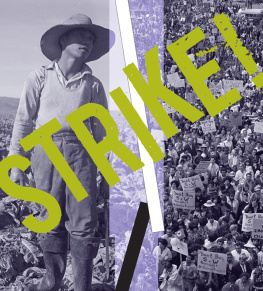

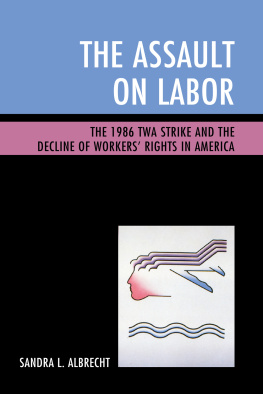
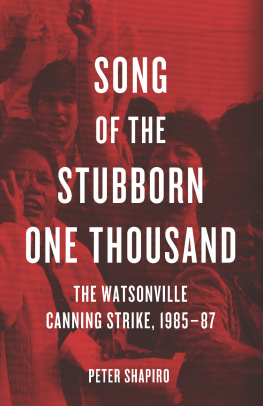
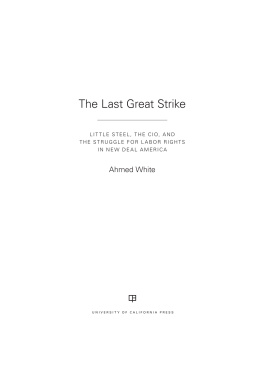
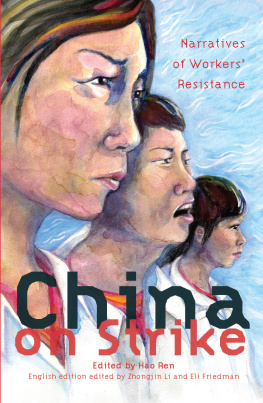
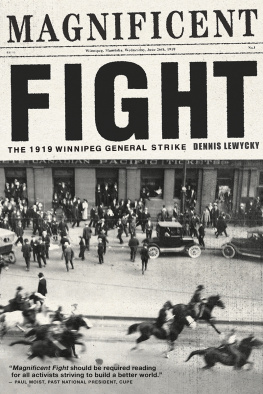
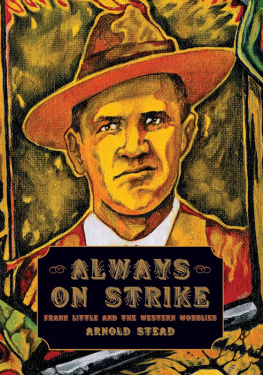
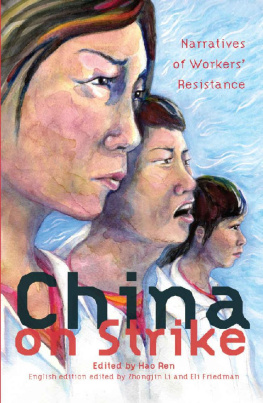
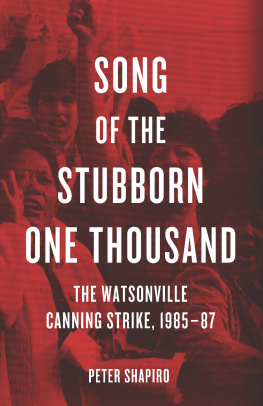


 The paper used in this publication meets the requirements of the American National Standard for Information SciencesPermanence of Paper for Printed Library Materials, ANSI Z39.48-1992.
The paper used in this publication meets the requirements of the American National Standard for Information SciencesPermanence of Paper for Printed Library Materials, ANSI Z39.48-1992.